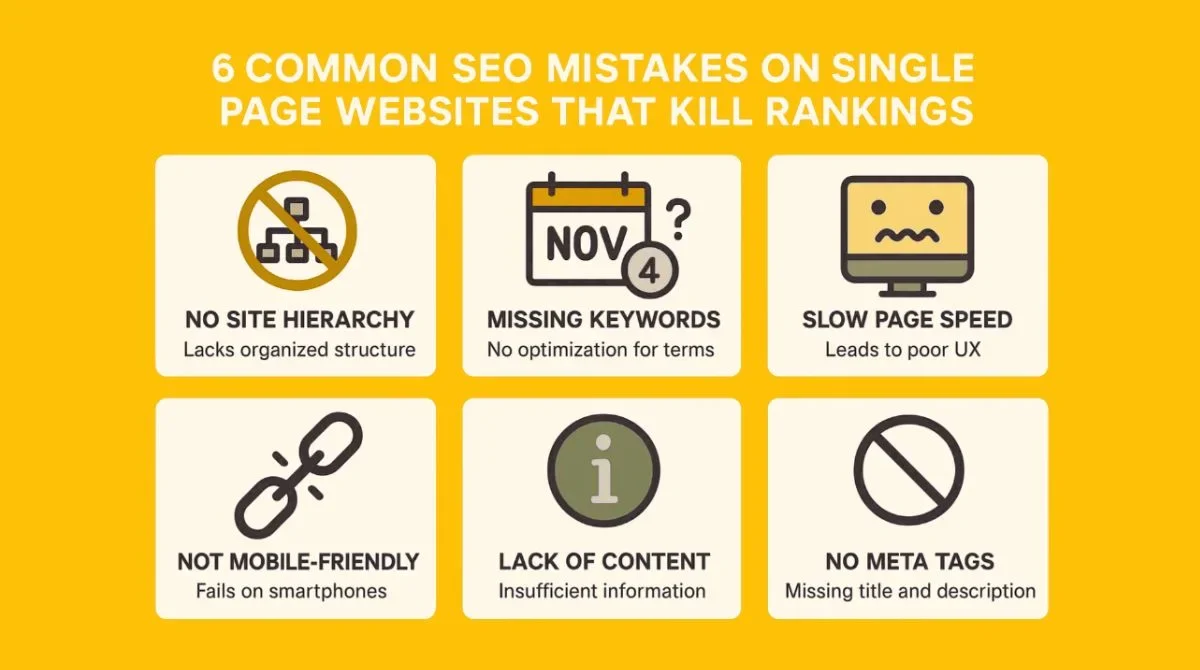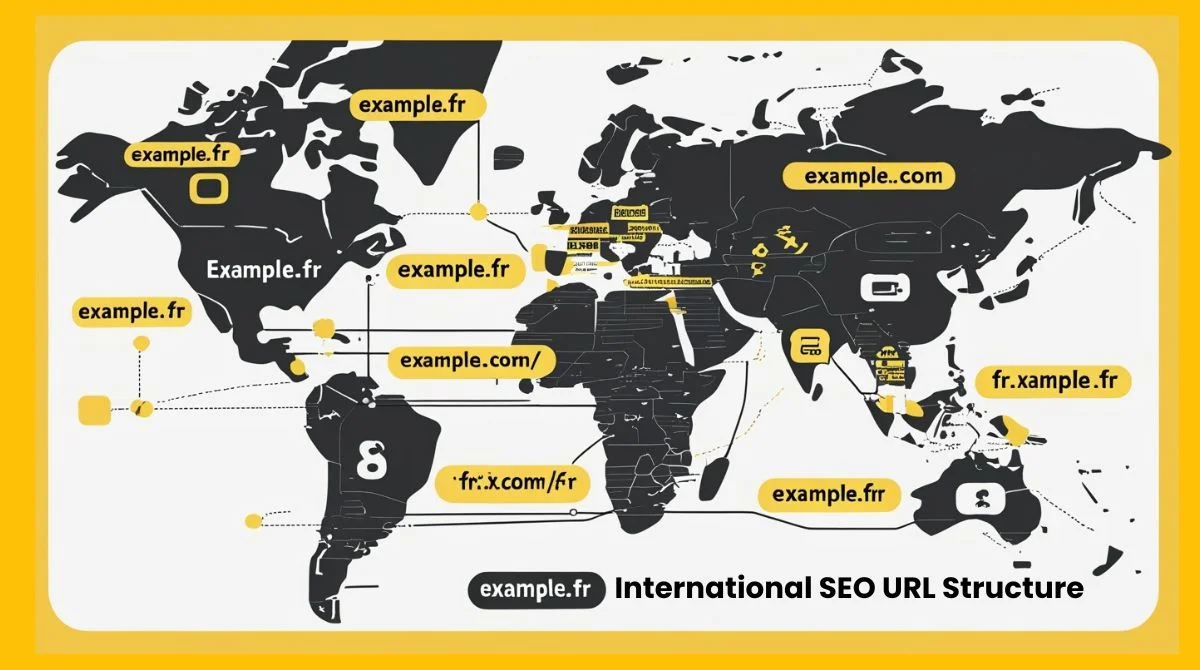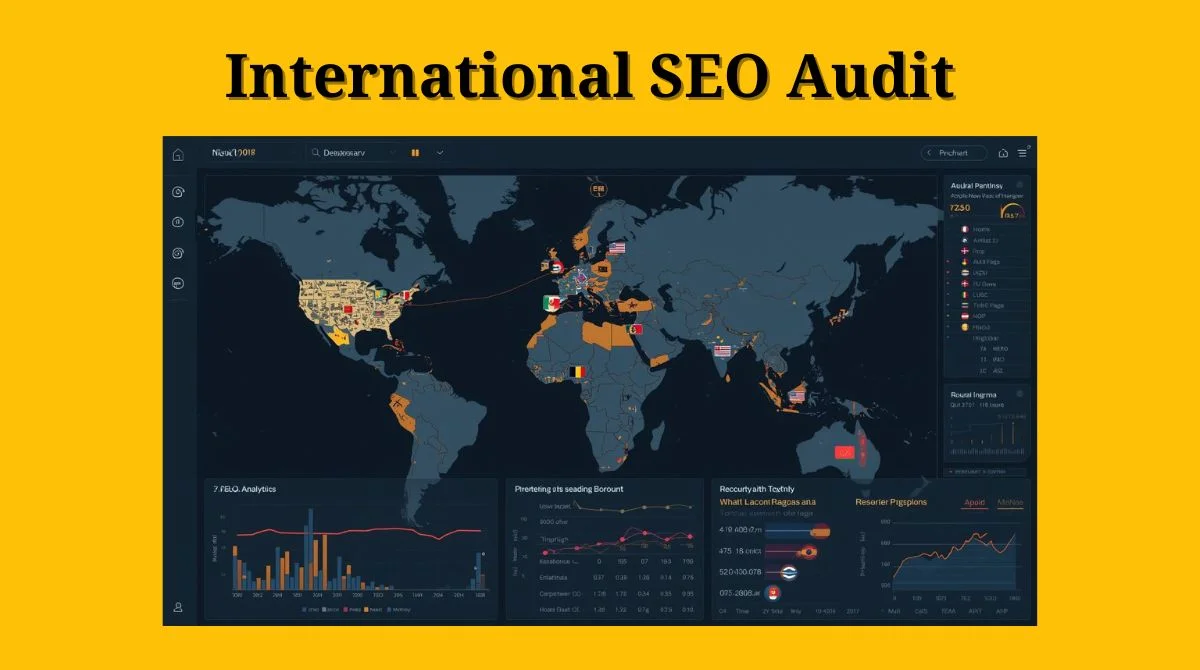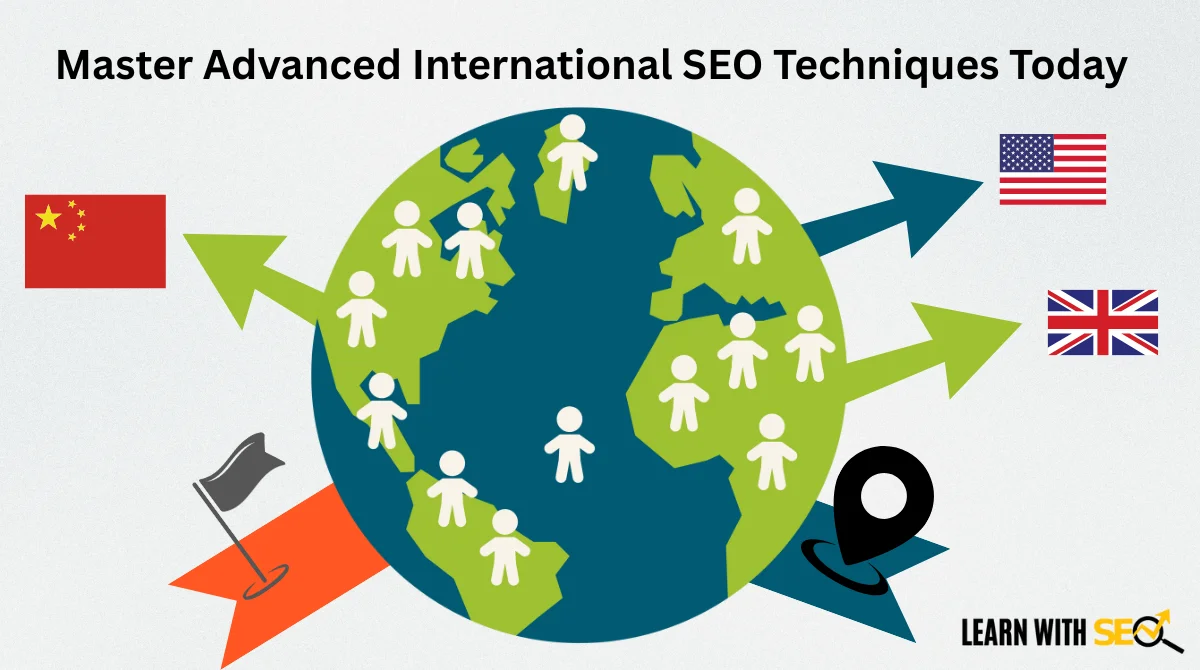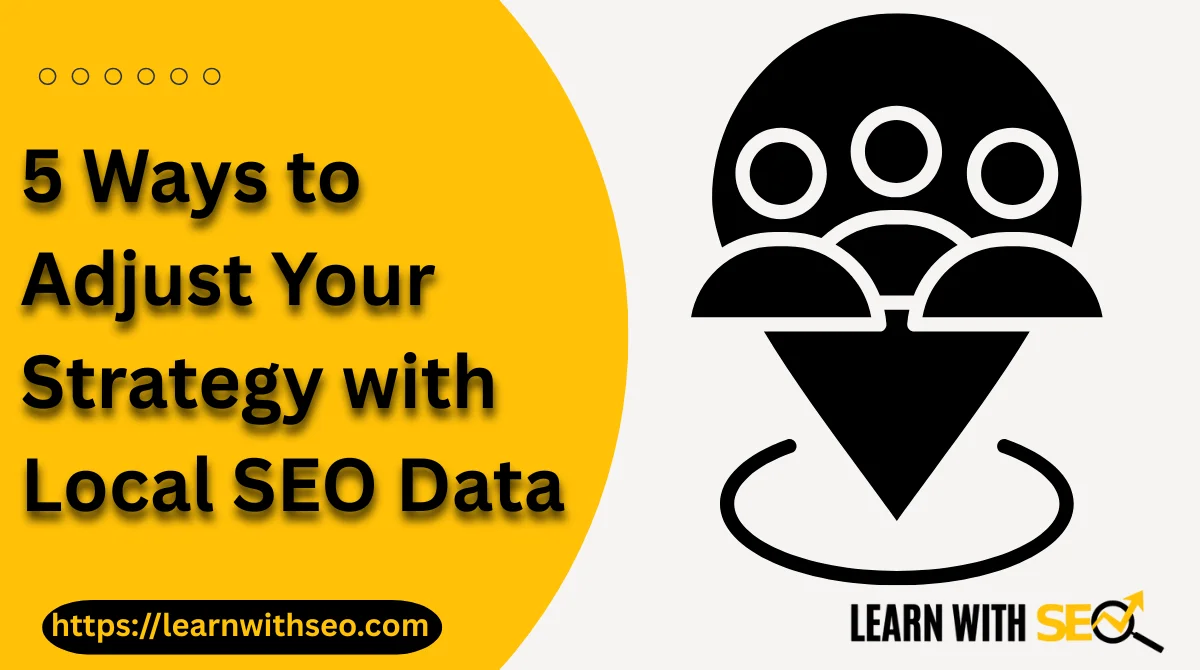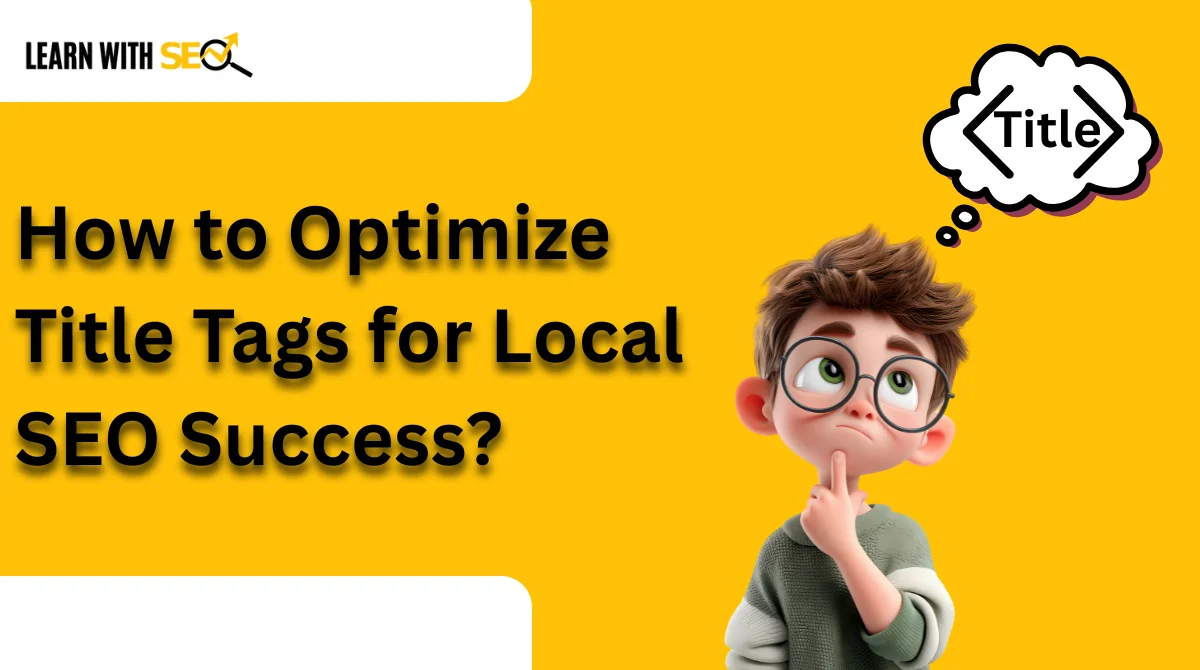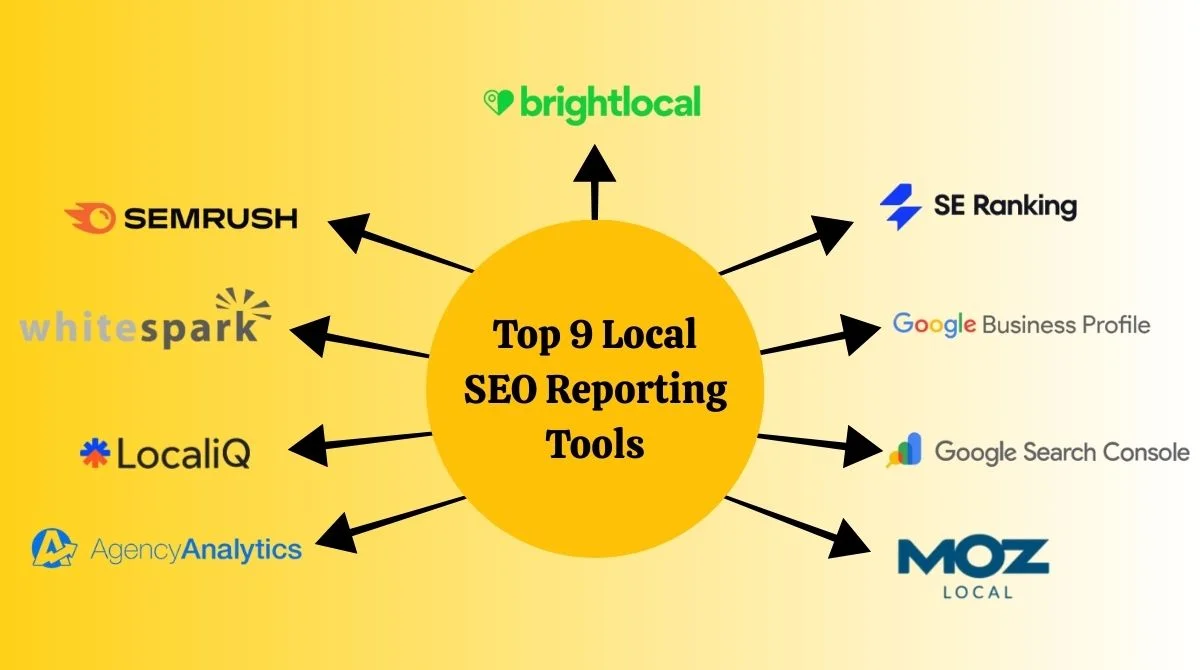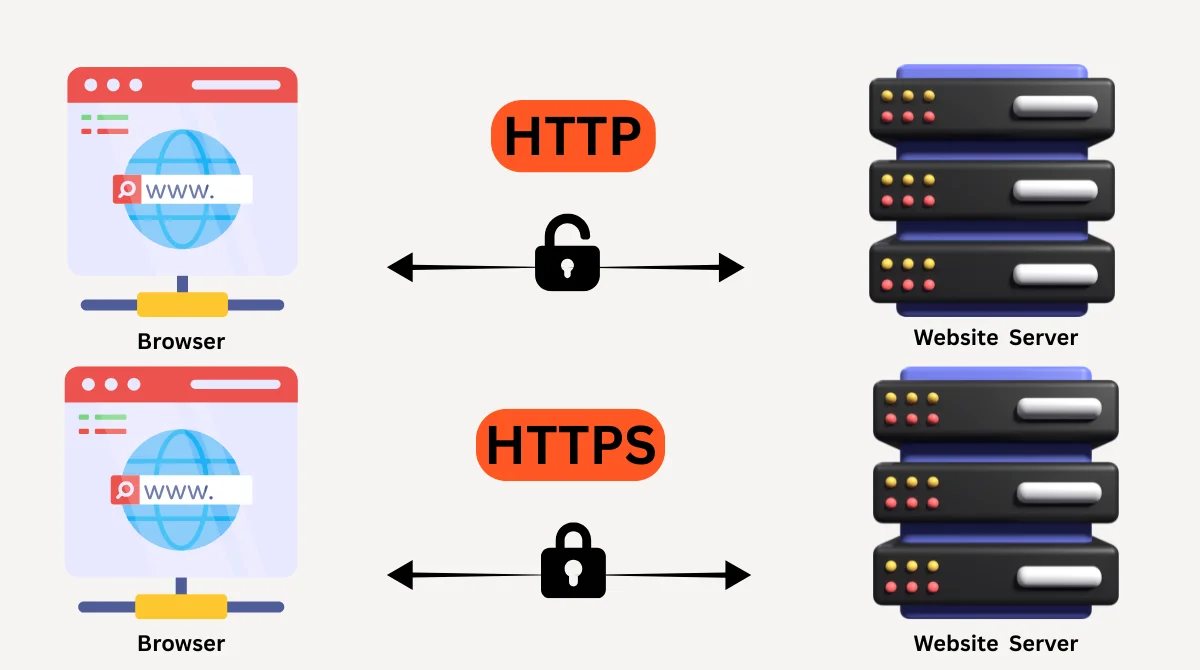- What Makes Single-Page Website SEO Challenging?
- Mistake 1: Poor Keyword Strategy and Targeting
- Mistake 2: Missing or Poorly Optimized Meta Tags
- Mistake 3: Ignoring Mobile Optimization
- Mistake 4: Neglecting Image Optimization
- Mistake 5: Weak Content Structure and Organization
- Mistake 6: Lack of Quality Backlinks and Internal Structure
- Advanced Tips for Single-Page Website SEO Success
- Measuring Your SEO Success
- Conclusion
Single-page websites have become increasingly popular for their clean design and simplicity. However, many website owners make critical SEO mistakes that prevent their sites from ranking well in search engines.
Understanding these common errors is essential for anyone looking to improve their site’s visibility and search performance.
What Makes Single-Page Website SEO Challenging?
Single-page websites present unique SEO challenges compared to traditional multi-page sites. With all content condensed into one page, you need to be strategic about how you optimize for search engines.
The limited structure can make it difficult to target multiple keywords effectively while maintaining a good user experience.
Most single-page sites struggle with SEO because they lack the internal linking opportunities and content depth that search engines prefer. This makes it crucial to avoid common mistakes that can further harm your rankings.
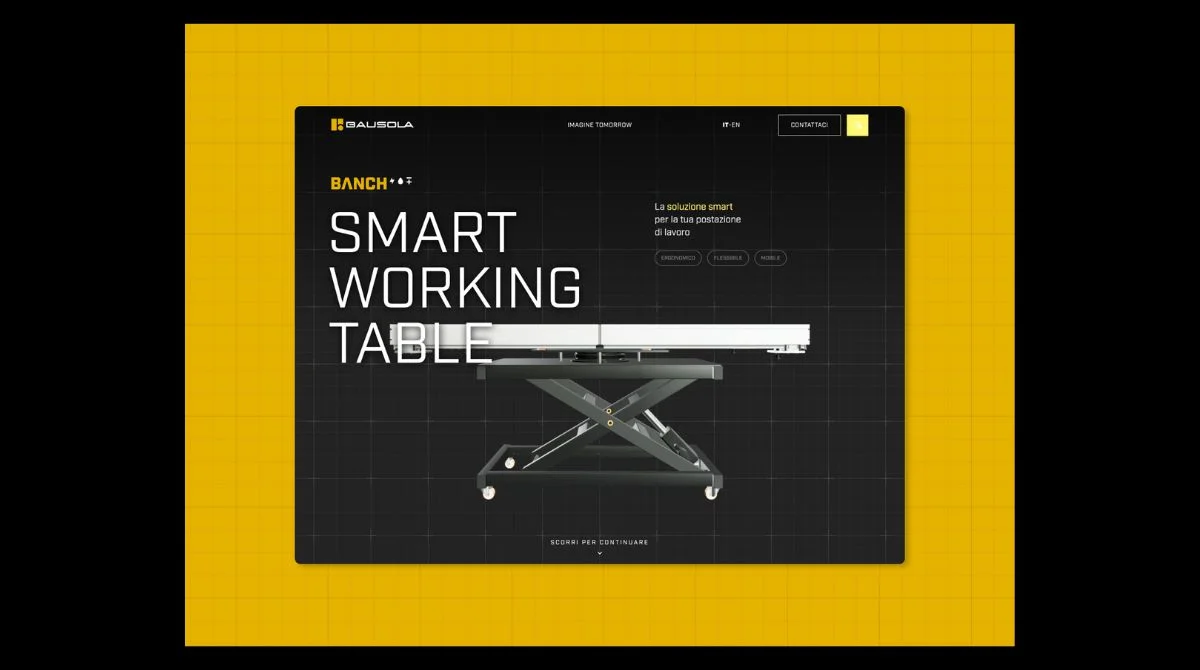
Mistake 1: Poor Keyword Strategy and Targeting
The Problem
Many single-page websites try to target too many keywords at once or fail to focus on their primary keyword properly.
Targeting the wrong keywords is a mistake that many content creators make, and this becomes even more problematic on single-page sites where you have limited space to work with.
How does It Hurt Your SEO?
When you try to optimize for multiple unrelated keywords on a single page, you dilute your SEO efforts. Search engines get confused about what your page is actually about, leading to poor rankings for all targeted keywords.

The Solution
Focus on one primary keyword for your single-page website. Choose a keyword that accurately represents your main business or service.
Use semantic keywords and long-tail variations naturally throughout your content. Create clear sections that support your main keyword while addressing different user intents.
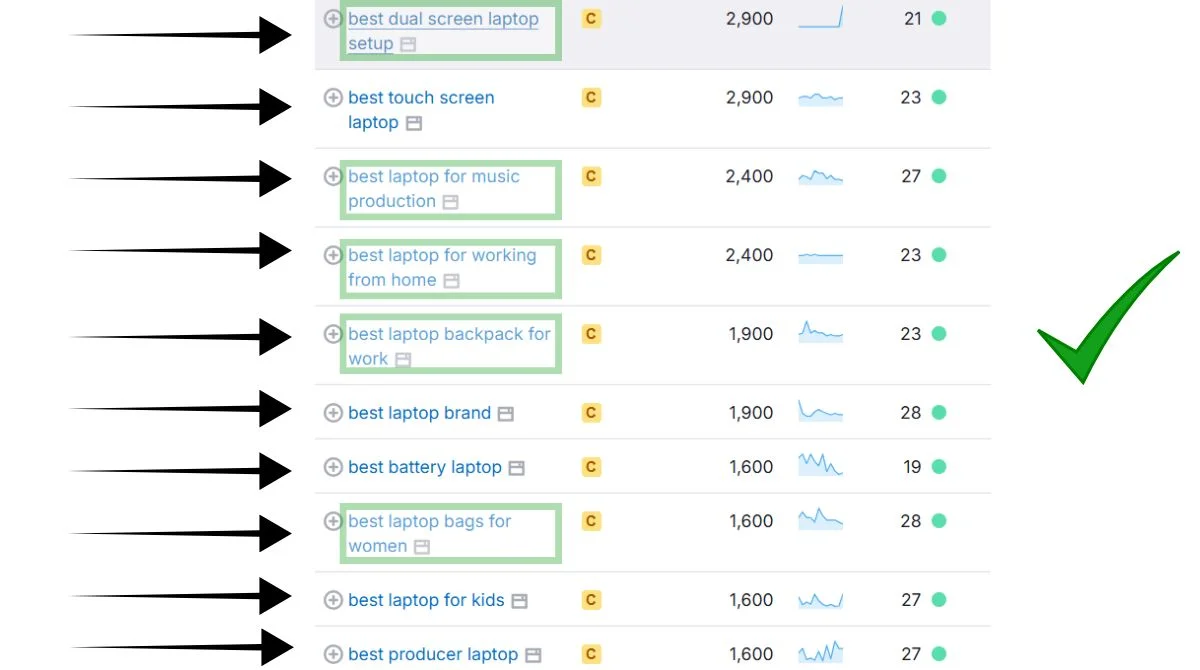
Mistake 2: Missing or Poorly Optimized Meta Tags
The Problem
A common SEO mistake to avoid in 2025 is neglecting to add meta tags to your website. Meta tags play a crucial role in SEO, helping search engines understand the content of your pages. Single-page websites often overlook this fundamental aspect.
How does It Hurt Your SEO?
Without proper meta tags, search engines struggle to understand what your page is about. Your title tag appears in search results, and a poorly written or missing one can significantly impact your click-through rates.
Missing meta descriptions means search engines will create their own snippets, which might not accurately represent your content.
The Solution
Create compelling title tags that include your focus keyword and stay under 60 characters. Write meta descriptions that summarize your page content and include a call-to-action within 160 characters.
Use header tags (H1, H2, H3) to structure your content logically and help search engines understand your page hierarchy.
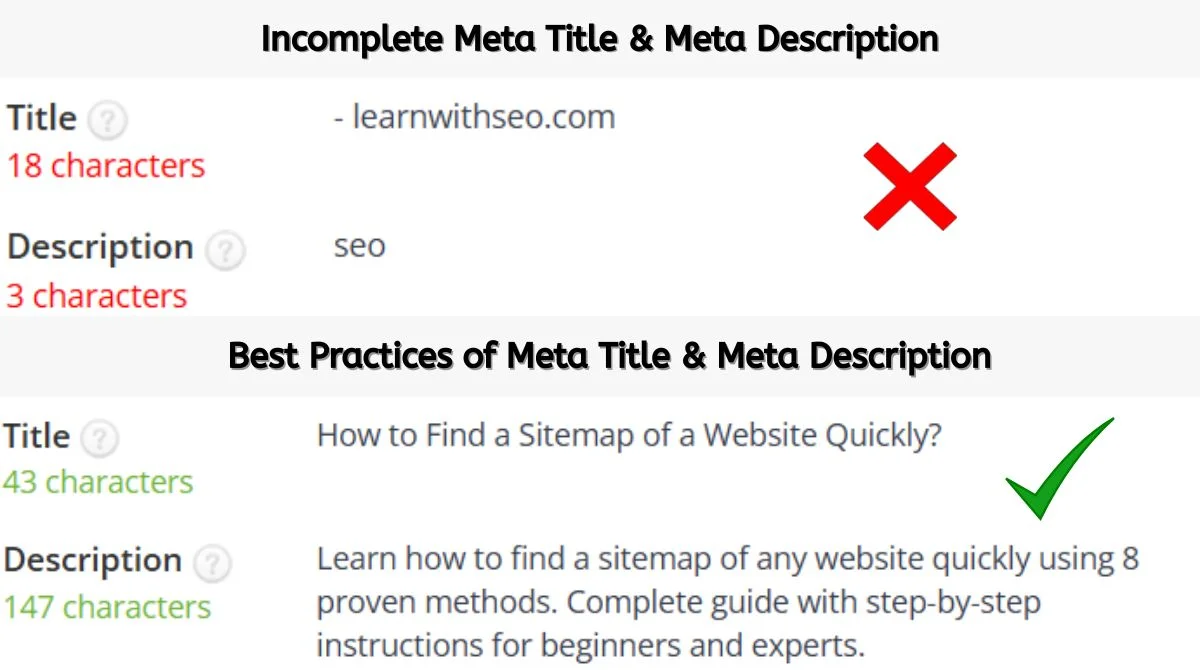

Mistake 3: Ignoring Mobile Optimization
The Problem
Common pitfalls like ignoring mobile optimization not only frustrate users but also confuse search engines. With mobile-first indexing, Google primarily uses the mobile version of your site for ranking purposes.
How does It Hurt Your SEO?
Non-mobile-friendly websites face significant ranking penalties. Users who struggle to navigate your site on mobile devices will quickly leave, increasing your bounce rate and hurting your SEO performance. Google considers mobile usability as a ranking factor.
The Solution
Ensure your single-page website is fully responsive across all devices. Test your site on various screen sizes and optimize loading times for mobile users.
Use Google’s Mobile-Friendly Test tool to identify and fix mobile usability issues. Consider implementing AMP (Accelerated Mobile Pages) for faster loading times.
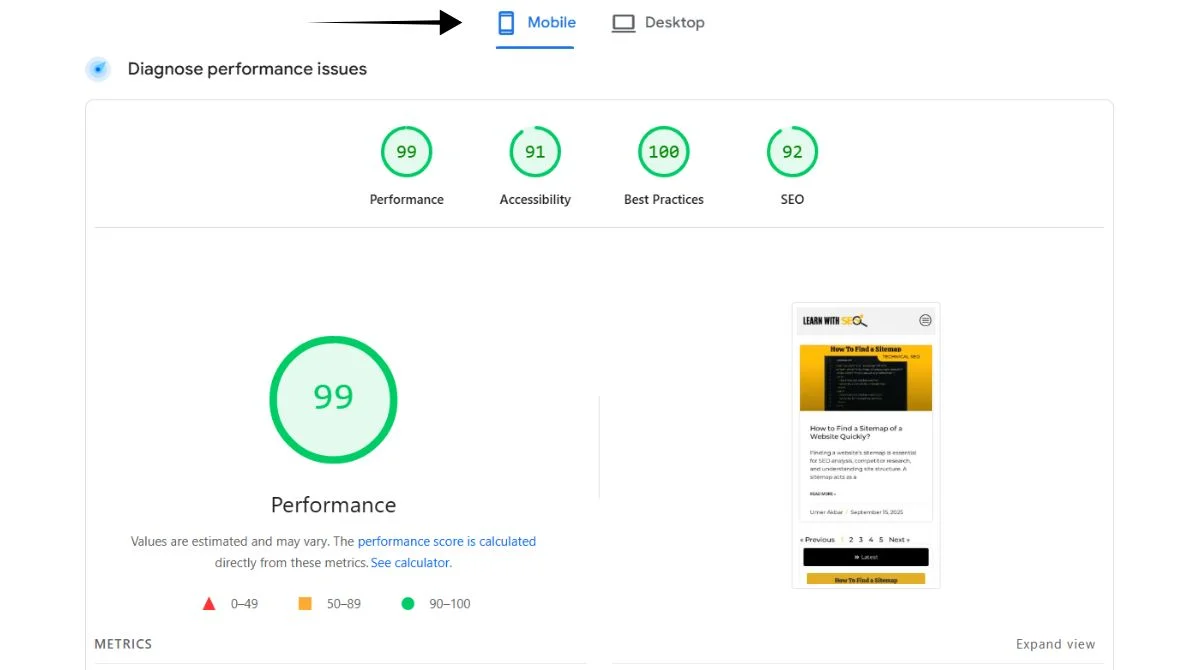
Mistake 4: Neglecting Image Optimization
The Problem
A frequent SEO mistake to watch out for is neglecting to include alt text for images on your site. Not only can search engines crawl alt text, but it also serves as a means to increase the accessibility of your content.
How does It Hurt Your SEO?
Unoptimized images slow down your page loading speed, which is a crucial ranking factor. Missing alt text means search engines cannot understand what your images represent, missing opportunities for image search rankings. Large, uncompressed images can significantly impact user experience.
The Solution
Compress all images without losing quality to improve page speed. Add descriptive alt text to every image that includes relevant keywords naturally.
Use appropriate file formats (WebP when possible). Include descriptive filenames instead of generic ones like “image1.jpg.”
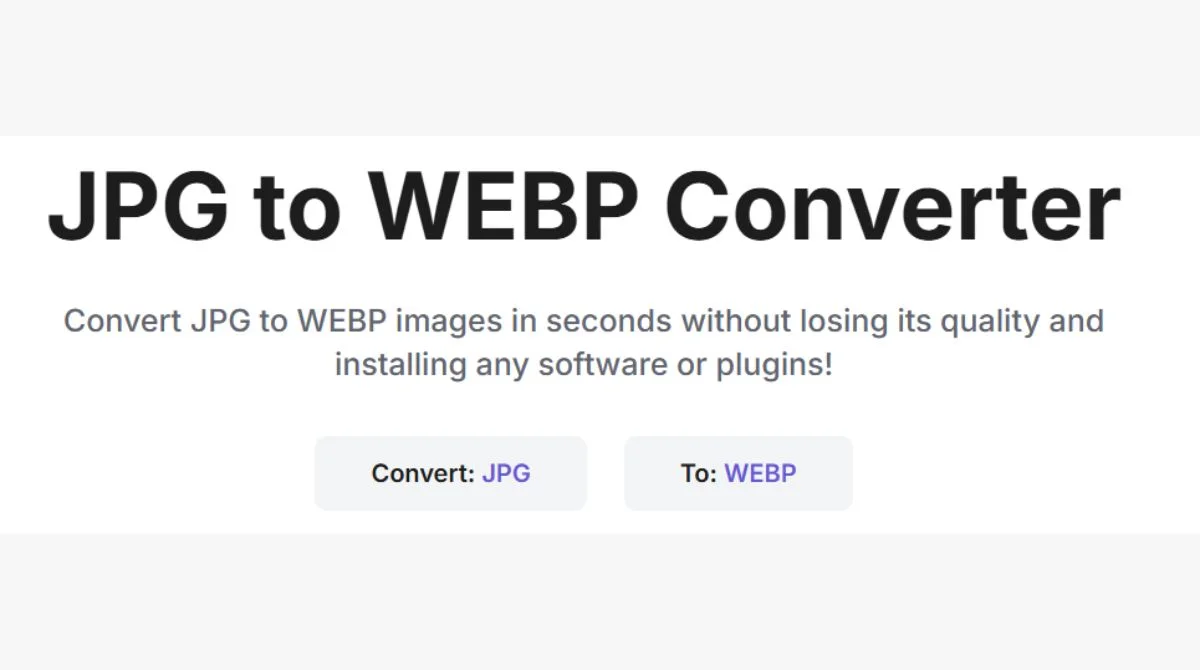
Mistake 5: Weak Content Structure and Organization
The Problem
Single-page websites often present all information in a long, unstructured format that confuses both users and search engines. Without proper organization, your content becomes difficult to scan and understand.
How does It Hurt Your SEO?
Poor content structure makes it hard for search engines to understand the hierarchy and importance of different sections.
Users struggle to find specific information, leading to higher bounce rates. Lack of proper heading structure misses opportunities to target related keywords.
The Solution
Create clear sections with descriptive headings that include relevant keywords. Use bullet points and numbered lists to break up large text blocks.
Implement smooth scrolling navigation to help users move between sections easily. Include a table of contents or anchor links for better user experience.
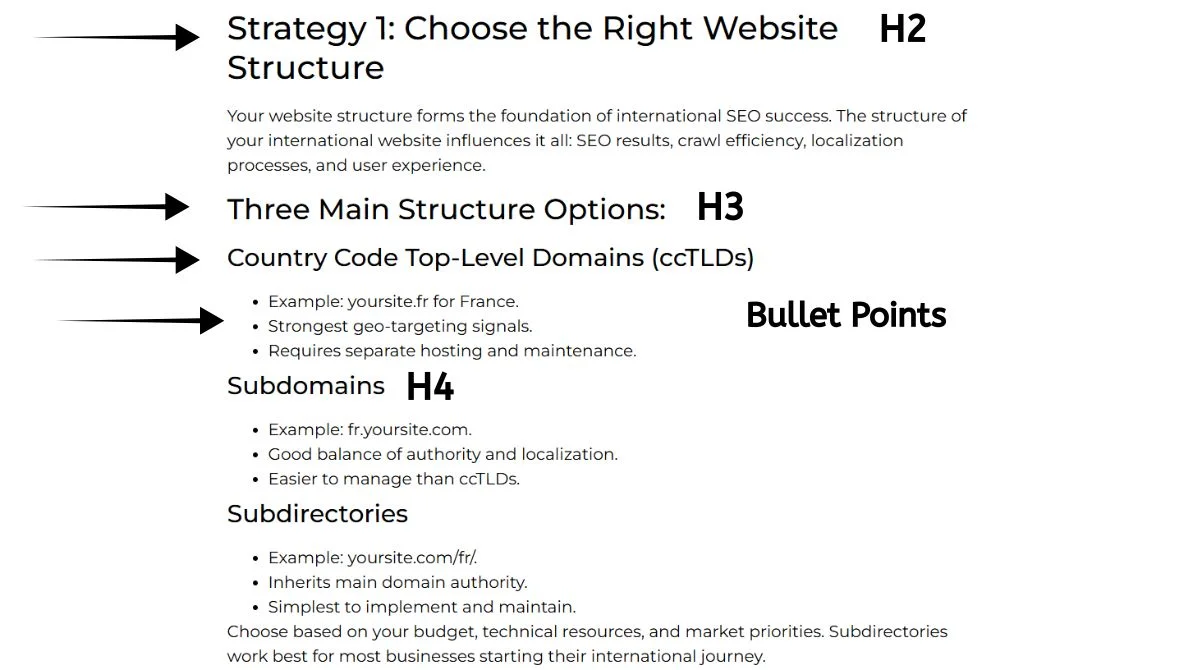
Mistake 6: Lack of Quality Backlinks and Internal Structure
The Problem
Single-page websites miss out on traditional internal linking opportunities that multi-page sites enjoy. They also struggle to attract quality backlinks because of limited content depth and fewer linkable assets.
How does It Hurt Your SEO?
Without internal links, you cannot distribute page authority throughout your site. Limited backlinks mean lower domain authority and reduced trust signals to search engines. This significantly impacts your ability to rank for competitive keywords.
The Solution
Create high-quality, shareable content that naturally attracts backlinks. Develop downloadable resources, infographics, or tools that other sites want to link to.
Build relationships with other websites in your industry for link-building opportunities. Consider adding a blog section to your single-page site to create more linkable content.
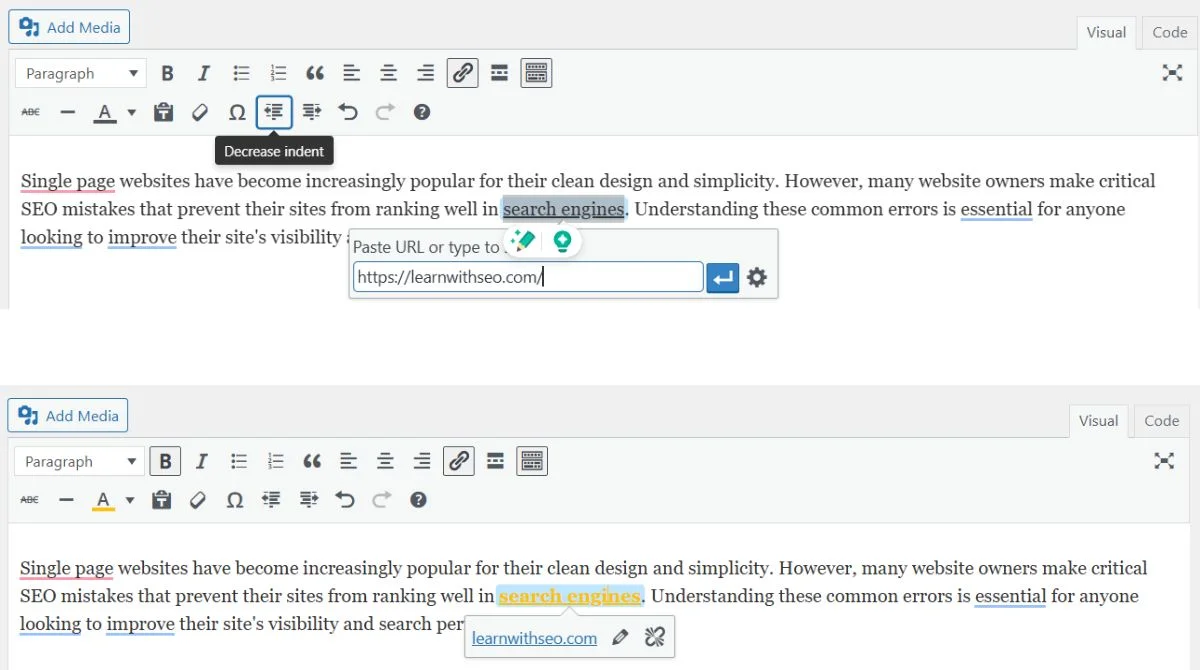
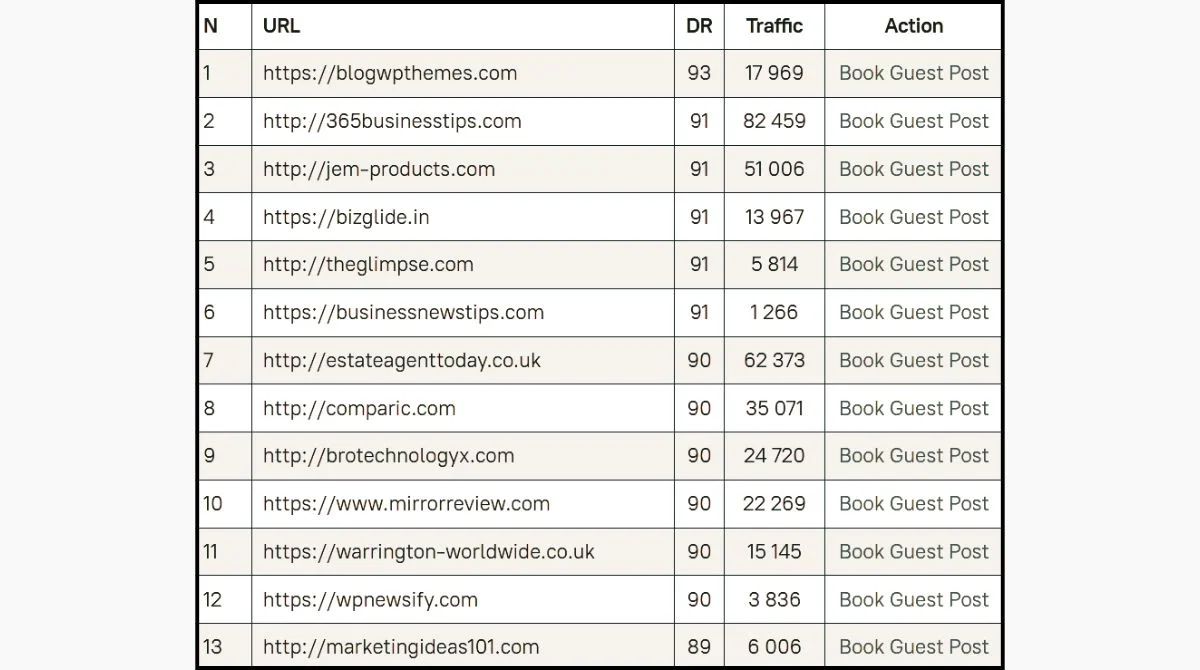
Advanced Tips for Single-Page Website SEO Success
Optimize Page Loading Speed
Fast loading times are crucial for SEO success. Broken links hurt both user experience and search engine rankings, so regularly audit your site for technical issues. Use tools like Google PageSpeed Insights to identify and fix speed issues.
Focus on User Experience
Great keyword? Check. But the content doesn’t reflect what the user really wants. Before you write, ask: What is this person trying to do? Design your single-page website with user intent in mind. Make navigation intuitive and information easy to find.
Keep Content Fresh and Updated
Refreshing old content, blogs, service pages, and even your homepage copy. If it’s outdated, Google will notice. Regularly update your content to maintain relevance and freshness signals for search engines.
Use Schema Markup
Implement structured data markup to help search engines understand your content better. This can improve your chances of appearing in rich snippets and featured results.
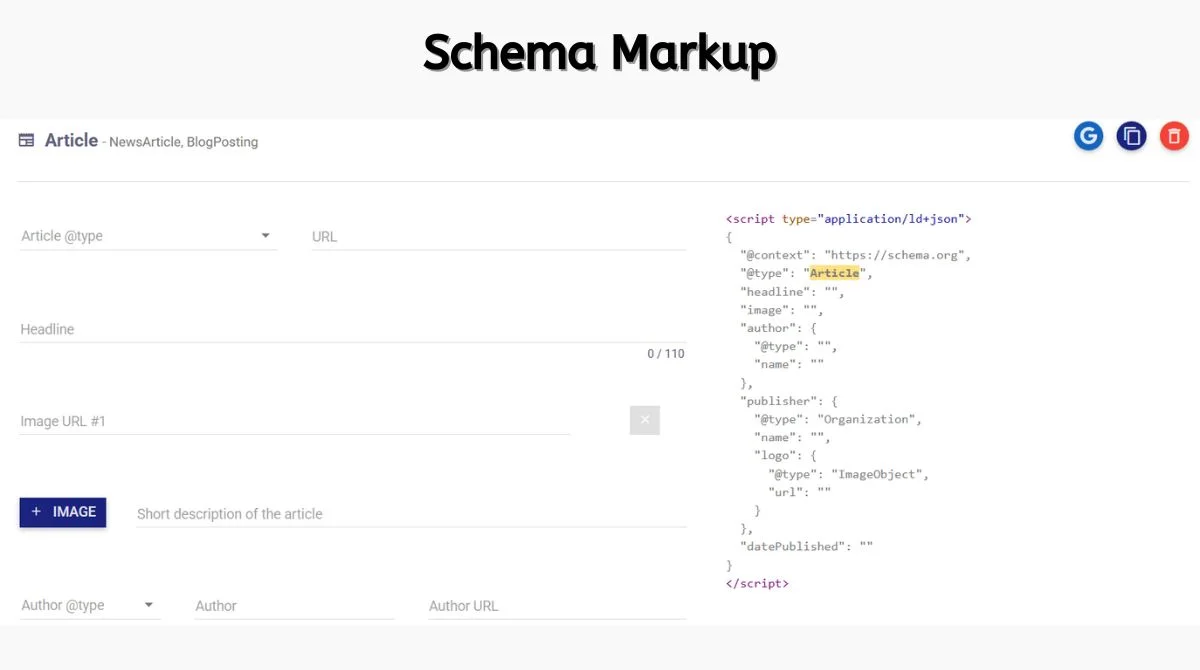
Measuring Your SEO Success
Track your progress using Google Search Console and Google Analytics. Monitor key metrics like organic traffic, bounce rate, time on page, and keyword rankings. Set up goals to measure conversions and user engagement on your single-page website.
Conclusion
Avoiding these six SEO mistakes will significantly improve your single-page website’s search rankings. Focus on proper keyword targeting, mobile optimization, and quality content structure for better results. Remember, SEO is an ongoing process. Regular monitoring and updates are essential for maintaining good search visibility. Start fixing these mistakes today, and you’ll see improved performance in search engines.

